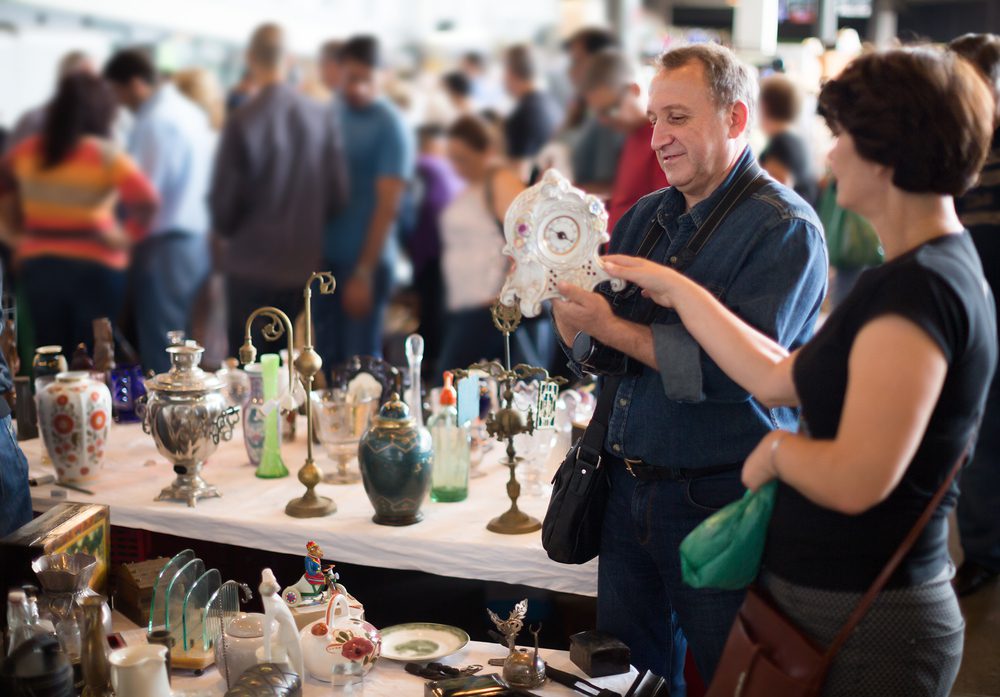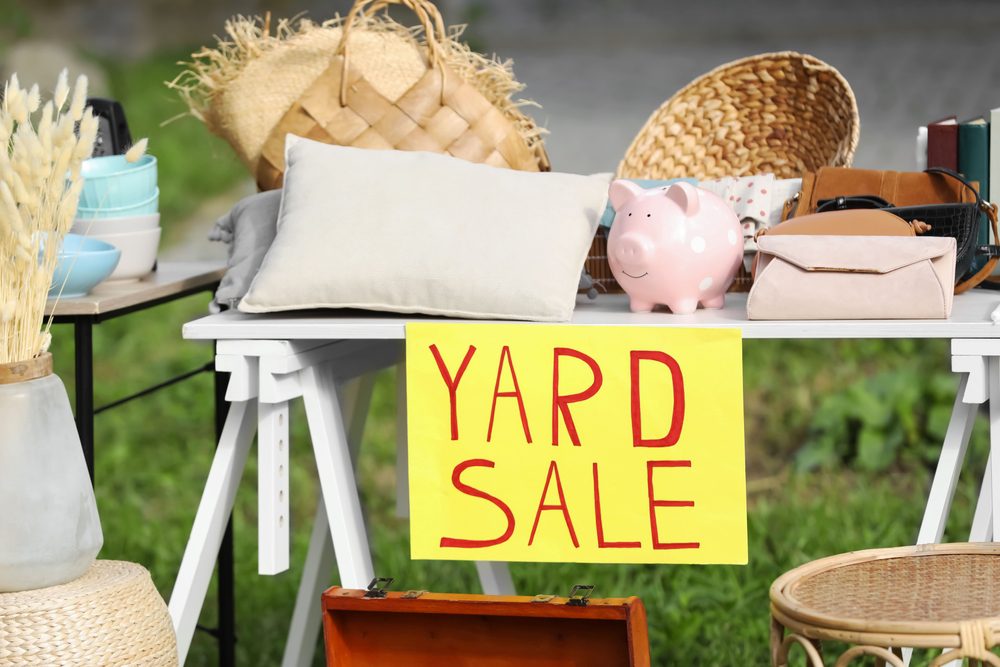Consider these antique selling platforms to rehome your treasures!
Welcome, antique enthusiasts! If you’ve ever found yourself surrounded by timeless treasures and family heirlooms, you know the allure of the antique world.
But imagine turning that passion into profit! In today’s digital age, antique selling platforms have become the go-to destinations for collectors and enthusiasts.
These marketplaces bridge the gap between sellers and eager buyers, creating an effortless experience for turning your cherished items into well-earned cash. Discovering the right platform can make all the difference, though, ensuring you get the most money for your valuables.
The Money Place will guide you through the best marketplaces that cater to your antique-selling needs. From classic collectibles to vintage furniture, these platforms offer diverse opportunities for sellers to showcase their objects and connect with passionate buyers.
Let’s unlock the potential of 7 antique selling platforms for maximizing your earnings!

Flea Markets
A great antique selling platform for selling your treasures could be to offer them at flea markets in your area. There are a few ways to make some money at a flea market. You can rent a space at a stationary flea market in a market area or building near you.
You can also join a traveling flea market in your area. You could even participate in the traveling market as it goes from place to place. Selling your antiques at a flea market is best if you have a lot to sell.
Most flea markets charge rent for the table or booth you use to display your items.
OfferUp
This antique selling platform works a bit like Craigslist. The site is created for individuals wishing to buy and sell locally. The great thing about OfferUp is that there are no listing or selling fees. Besides that, there’s a specific section on the site geared toward selling antiques.
This means it can be more straightforward for buyers to find your antiques when you list them on the website. All in all, OfferUp is becoming one of the most popular places to sell antiques nowadays.
Consignment Stores
Going to local consignment stores is another antique selling platform you might like. They usually work on commission. And depending on a particular store’s policy, they’ll take anywhere between 20 and 40% or more of what your antique item sells for.
Every consignment store sets its own rules about the percentage of the sale they’ll take. So, knowing the shop’s rules is essential before placing your item for sale with them. That includes understanding the cancellation rules.
And ensure you’re liable to pay the shop if your item doesn’t sell. Consignment stores typically work like this:
-You bring your antique item into the store.
-The employees assess and price your item.
-It gets displayed in-store.
-Once it sells, the store notifies you and you split the sales money with them.

eBay
This antique selling platform is the venue most folks think of when you say you’re selling something online. It’s been around a long time, and it’s hard to beat for a quick sale. Sadly, though, eBay’s “glory years” are long gone.
Initially, you could sell any old thing for a considerable amount. People started to catch on and list their old things, and then there were 10 of the same old things up at one time and then 30 until the market became utterly saturated.
Buyers started looking for the cheapest price. And many things can still be sold for a fantastic amount, but they must be unique. For antiques, you can set a “fixed price” or put your item up for auction if you want to gamble with it.
An auction can be the quickest way to get extra cash, but not necessarily the most profitable. The fee structure is a bit complicated as well.
Etsy
Many people think that this antique selling platform is strictly for handmade items. But you can also sell your vintage items as well. There’s a massive market for it. The only requirement is that your item is older than 20 years.
It only costs 20 cents per item to list and stays listed for four months. If your item sells, Etsy takes 5% of the sale, plus the shipping cost. If it doesn’t sell, you can relist it for another 20 cents. And if you don’t want to relist it, then you simply take it down.
There’s a preconceived notion that you have to promote yourself for more sales on this antique selling platform. Maybe that was the case in the beginning.
But these days, your listing will probably end up on the first pages of a Google search for your item, and more people have been using Etsy and starting there. Of course, promoting yourself wouldn’t hurt.
Another huge aspect to note is that they’ve started promoting individual listings on Google. If one of your listings is promoted and it happens to sell, you’ll be charged that promotion fee, which isn’t exactly cheap! But the good news is that you can opt-out.
The default is that you’re automatically in. So, you must go into the settings and opt out of off-site ads if that’s the route you choose. But if you reach $10,000 in sales within a year, you’ll be automatically put back in, and you won’t be allowed to opt out.
Facebook has become many people’s favorite place to buy and sell their items. One reason for this is that selling on Facebook Marketplace is absolutely free. There are two ways you can sell on this antique selling platform.
First, you can sell your item by posting it and sharing it with your followers. This can be an excellent option because you typically only deal with the people you know. Second, you can post your antiques for sale on Marketplace.
Facebook Marketplace is a section on Facebook where you can put up items for sale. Everyone who uses Facebook Marketplace can see your listings for antiques. This means you’ll have a much bigger audience than just writing a post on your timeline.
And since people on this antique selling platform need to have an account with Facebook, a certain level of security is involved.

Yard Sales
You can also try selling your antiques by having a yard sale. To get the most shoppers with this antique selling platform, consider having your yard sale during neighborhood-wide sales. By doing this, you’ll help ensure there’ll be an abundance of people stopping by.
Another useful tip is to combine your sales with other families or neighbors. Multi-family sales can attract more shoppers because they expect to find more items for sale. And remember to be flexible when pricing your things at a yard sale. People always love a bargain.
Set your prices with a little bit of wiggle room in mind for bargainers. Or, decide how low you’ll go for the sale price. Would you rather keep the item if you can’t get a specific price? Or is the goal to get rid of the item?
Figure out the answers to these types of questions and price your stuff accordingly. To make your antique items stand out and keep them organized, consider grabbing a Gocamptoo Folding Table from Amazon!
Have you used any of the antique selling platforms we mentioned? Share your experiences with our readers in the comments section below!
And if you liked this article, The Money Place also recommends you read: 12 Valuable Goodwill Finds You Shouldn’t Pass Up













